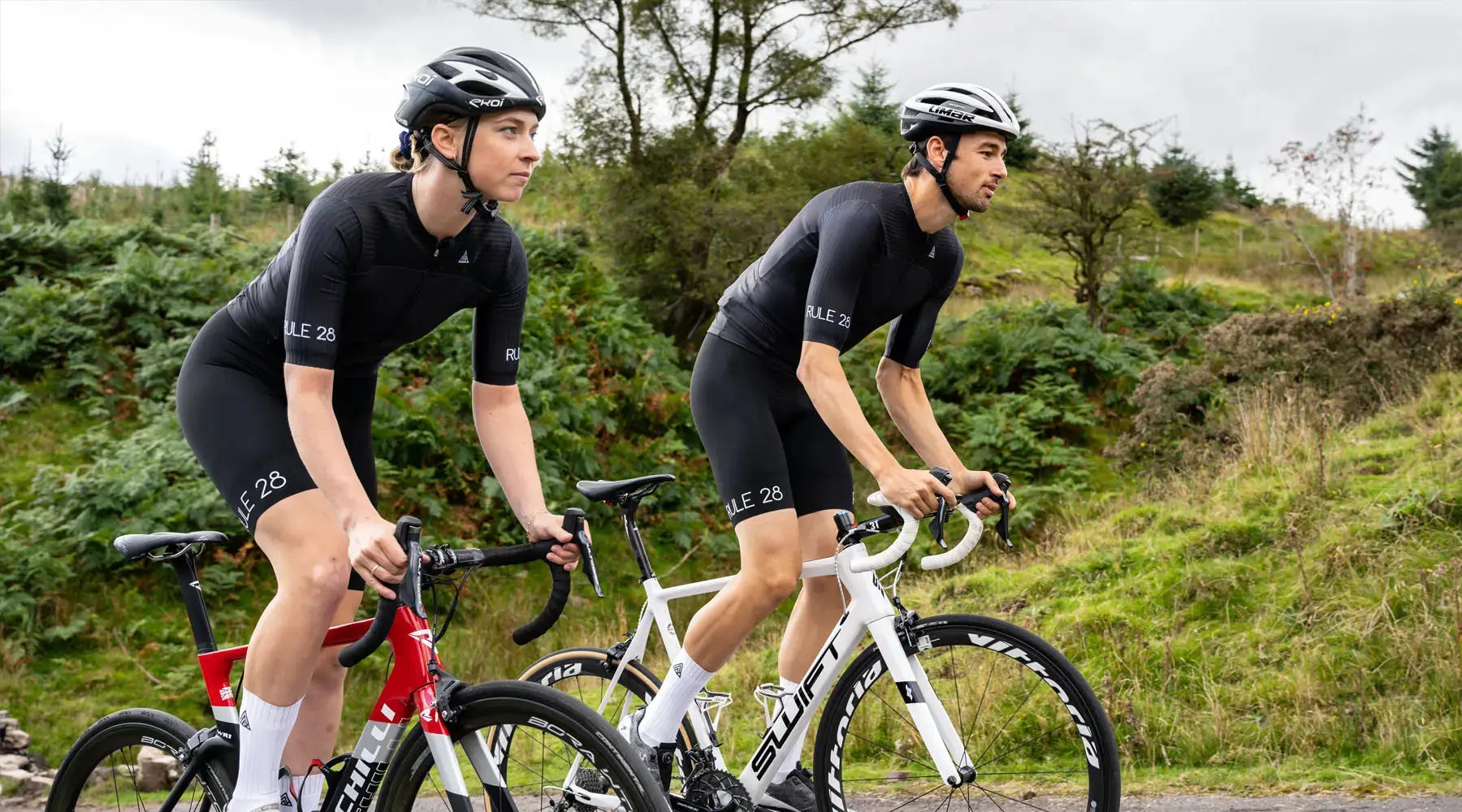The Norwegian training method, also known as the "Norwegian endurance training model," is an approach to endurance training that has gained attention due to the success of Norwegian cross-country skiers and distance runners. This method focuses on developing a strong aerobic base, optimizing training intensity distribution, and incorporating a variety of training techniques.
Solid Foundations
The Norwegian training method is all about building a solid foundation for endurance sports. Pioneered in cross country skiing, the model can also be directly applied to cycling and triathlon training. The model emphasises developing a very aerobic capacity, which is your ability to use oxygen efficiently while exercising, raising the threshold at which your body can produce power predominantly from efficient, aerobic respiration, not anaerobic, costly energy production. This is important because it allows you to go for longer periods without getting tired.
Zone 2 For Fat Burning
In this training method, you'll spend a lot of time doing what's called "easy" or "low intensity" training in zone 2. This means going at a comfortable pace that allows you to maintain a conversation while exercising. This helps improve your body's ability to use fat as fuel, which is essential for endurance activities. For high level cycling and triathlon racing, more calories are burned per hour than can be absorbed from nutrition. The body has a very limited supply of stored glycogen that can be used as fuel and so being able to deploy fats/ketones as a fuel source more effectively will enable a rider to race harder for longer and keep glycogen stores available for periods of high-power demand.
Anaerobic Efforts For Speed
However, the Norwegian method also includes some higher-intensity workouts to push your limits and improve your overall performance. These workouts are often shorter and more intense, like doing intervals or fast-paced repetitions. They help increase your speed, power, and ability to sustain high intensities for shorter durations. These sessions are essential to be able to respond to mid race attacks or changes in terrain like power climbs.
One of the unique aspects of the Norwegian method is their approach to training intensity distribution. This means they carefully plan and balance the different training intensities throughout the week and season. They believe that by alternating between low, moderate, and high-intensity workouts, your body gets the right mix of stimuli for improvement while minimizing the risk of overtraining or burnout.
Cross Training
Another important aspect of this training method is variety. The Norwegians like to mix up their training routines with different activities and terrain. For example, they might go running in the forest one day, do hill sprints another day, and go for a long bike ride on the weekends. This not only keeps training fun and interesting but also helps develop well-rounded fitness and adaptability to different conditions. For cyclists this can be a little trickier to accomplish but could take the form of different activities like cyclocross/gravel rides, gym work with a focus on strengthening key muscle groups like the quads, glutes and core or even the occasional run.
Conclusion
Overall, the Norwegian training method is about building a strong aerobic foundation, incorporating a mix of easy and challenging workouts, carefully balancing training intensities, and adding variety to your training routine. By following this method, you can improve your endurance, speed, and overall performance in endurance sports.
1 Week Norwegian Training Method Plan
A week’s training following the Norwegian method may look something like this:
Day 1: Aerobic Base Building Ride (zone 2)
Duration: 3 hours
Day 2: Tempo Intervals (20min warm up, 3x10 mins zone 5, 20 min warm down)
Duration: 2 hours
Day 3: Recovery Ride (zone 2)
Duration: 1 hour
Day 4: Hill Repeats (30 min zone 2, 6-8 x 3min hill repetitions zone 6, 30min zone 2)
Duration: 2 hours
Day 5: Active Recovery or Cross-Training
Duration: 1.5 hours
Day 6: Long Endurance Ride (zone 2)
Duration: 6 hours
Day 7: Rest and Recovery
Please note that training for 20 hours a week is a significant training load, this is an example designed for an experienced cyclist who has built up a significant capacity to handle training load. This plan can be scaled up or down proportionately to your own ability to handle training load. It is essential to consider your current fitness level, recovery ability, and overall well-being. Make sure to listen to your body, prioritise adequate rest and nutrition.






Share:
The End Of FTP Tests - Why you should use Critical Power and Watts Prime instead of Functional Threshold Power
6 Week Time Trial Training Plan